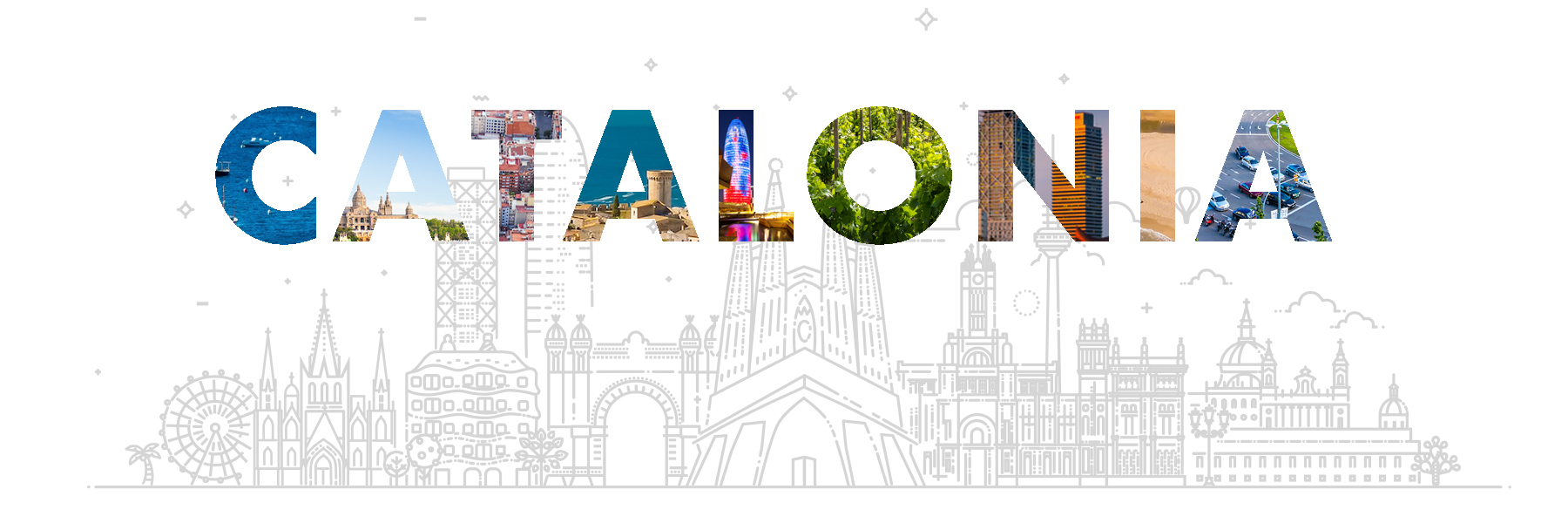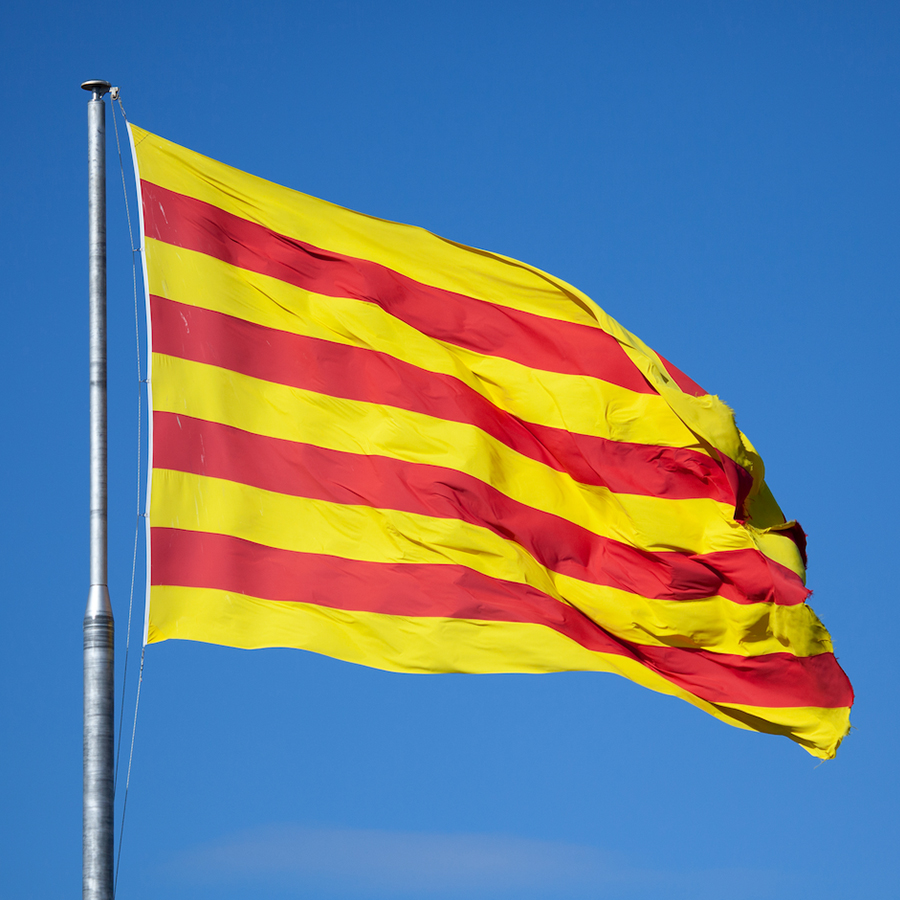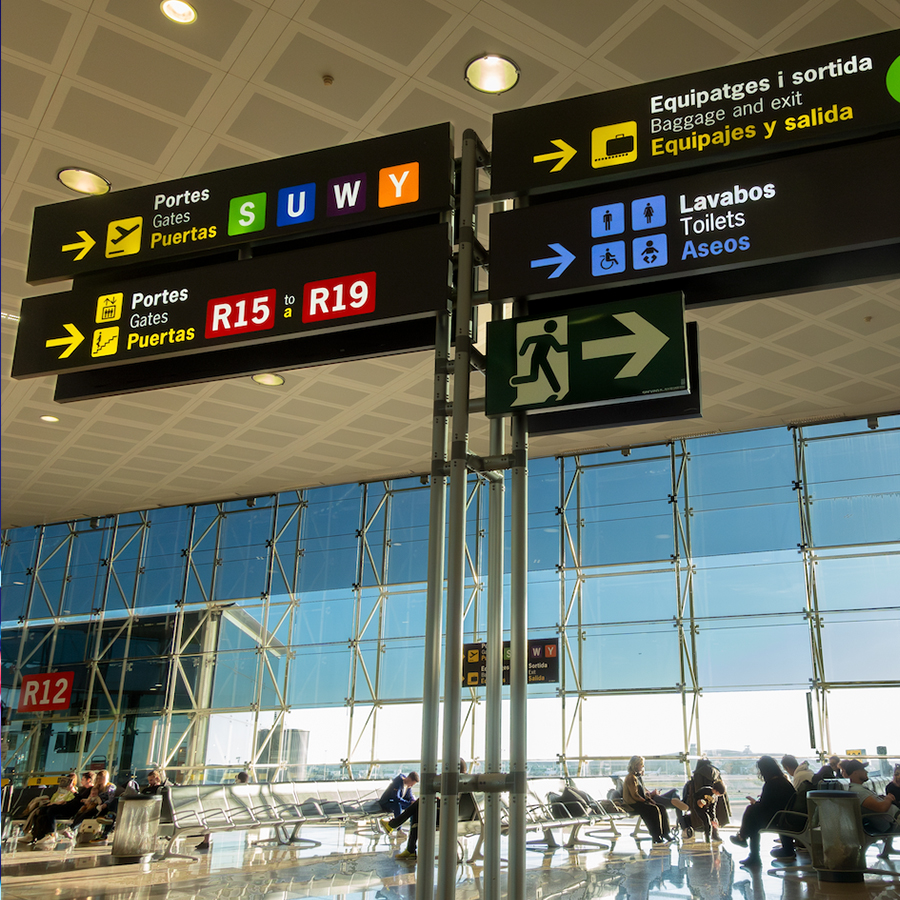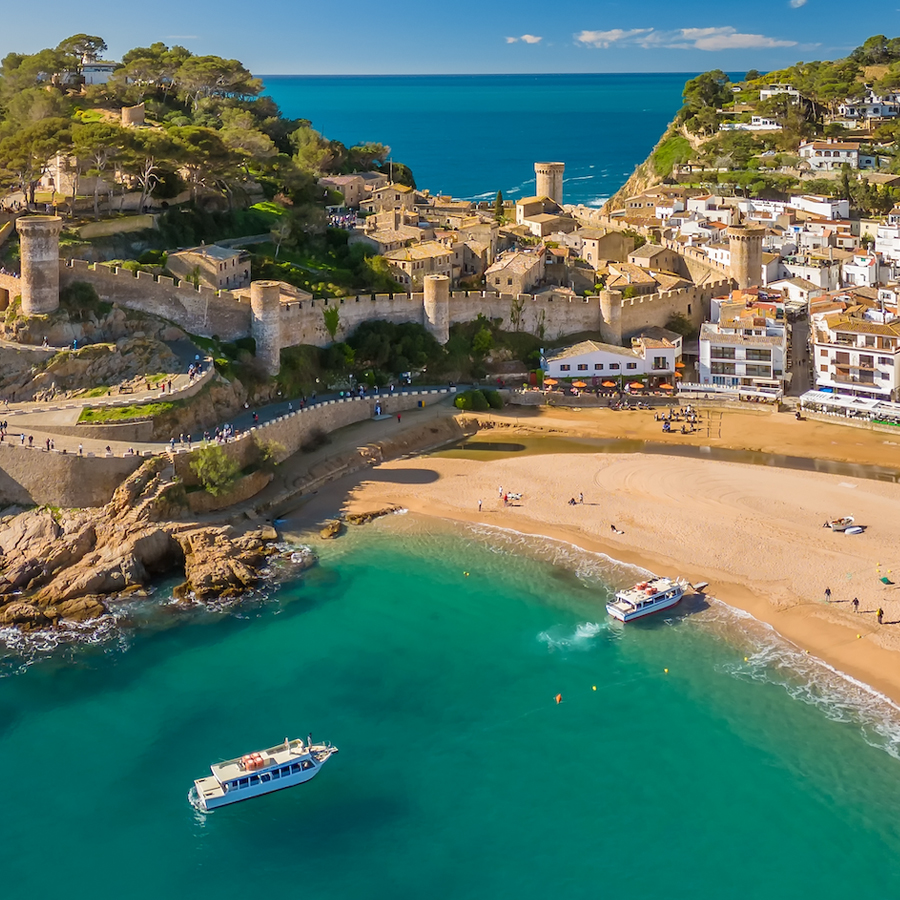
With a 22.3% share of Spanish industry and an impressive GDP that surpasses that of countries such as New Zealand and Serbia, Catalonia has the most competitive economy in Southern Europe. Its strategic location on the Mediterranean and advanced transportation infrastructure make Catalonia a key hub for international trade and a top choice for global enterprises.
The region leads in industries such as life sciences, chemicals and automotive. It is home to Southern Europe’s largest chemical hub, responsible for 18% of the industry’s added value, while life sciences attract giants such as AstraZeneca and Sanofi. Chosen as the site for the BSC AIF’s innovative AI project, the region is also confirming its technological excellence.
Tourism remains the most important sector of the region’s economy. Catalonia, with its popular resorts and Barcelona – one of the best cities in the world for quality of life and work – plays a crucial role in Spain’s record-breaking 88.5 million international visitors and €118 billion in tourist spending in 2024.
As a prime location for international investment, Catalonia has seen doubling in the foreign capital inQ2 2024. Global corporations such as Microsoft, Amazon and Nestlé are actively expanding their operations here, creating jobs and strengthening the economy. Under the leadership of its president Salvador Illa, Catalonia is focused on unity, infrastructure development and business support. By blending tradition, technology and a global spirit, the region offers a unique environment for living, working and investing – becoming a place where culture, innovation and the pursuit of a sustainable future all come together.
Sectorial Focus
US-Catalonia relations
Catalonia has a delegation to the United States and Canada with offices in Washington, DC and New York. The Catalan government and the US government have a long history of ties; there are over 22,000 people in the US of Catalan descent and Barcelona is twinned with Boston and San Francisco. Barcelona was also one of the world’s first cities to have an American consulate.
The US is Catalonia’s second-largest market outside the EU and its primary foreign investor: 28% of technological investment in Catalonia comes from US companies and many dozens of US companies have a presence in the region, including giants like Apple, Microsoft, Intel and Pepsico.
The US established diplomatic relations with Spain in 1783 and it has an embassy in Madrid, consulate in Barcelona and other consular agencies around the country


Advanced manufacturing
The Catalan region has numerous manufacturing specialities that lend themselves to advanced technological developments and the digital age. Barcelona has fostered seven unicorns in recent times and it has research centers in microelectronics, photonics, nanotechnology and supercomputing. In Catalonia overall, well over 350 companies are actively involved in Industry 4.0 and almost 20% of those are working in 3D printing.
Computer giant, HP, has built a digital manufacturing Center of Excellence in Catalonia over 150,000 square feet of innovation space. Companies including BASF, Volkswagen, Siemens and others collaborate with HP on new 3D printing and digital manufacturing innovations at the center.
Furthermore, researchers from the Institute for Advanced Architecture of Catalonia have 3D printed a 1000 square foot, low-carbon emissions building prototype using a Crane WASP 3D printer, marking a major step towards achieving environmentally sustainable homes while simultaneously working to rectify an affordable homes shortage in the area.
Digital Revolution
Catalonia is Europe’s fifth most digitally advanced and pioneering region. With a digitization rate of 63.96%, surpassing the EU average of 52.27%, it is one of the leaders in digital development across Europe. In December 2024, the local government launched the Observatory of the Digital Administration, financed with the European Next Generation funds, whose purpose is to analyze data and indicators the progress in digital transformation. Catalonia is now home to 350 companies dedicated to GovTech, a sector focused on developing innovative technological solutions to enhance public services offered by the administration to citizens.
Barcelona is redefining itself as a smart city too. It has created a digital twin of itself to check it meets the ‘15 minute city’ requirements of public services and spaces being a 15 minute walk from any point in the city, payment of fines through prominent payment provider Bizum and other measures including the use of emerging technologies to promote urban innovation.


Green economy and path to net-zero
In July 2024 the Catalonia government launched the Roadmap for the Circular Economy in Catalonia focussing on its push for sustainable development. This publication was the result of 21 working sessions to define the actions needed and its aims are: decouple economic development from resource consumption, enhancing the eco-design of products and services and accelerating social, cultural, and labour transformation towards circularity among others. The objectives must be met by 2030.
There are 626 companies in Catalonia that work in circular economy related issues, with a turnover of €11,014 billion and a total workforce of 32,856 professionals. The government believes SMEs have a major role to play in the path to net zero and 93% of these companies are SMEs (under 250 employees).
The government incentivizes too. A tax on CO2 from vehicles and a further tax on activities with negative environmental impacts have raised €35 million in funding which it has passed on to municipal councils, regional councils and local consortia to carry out activities to reduce emissions and their vulnerability to climate change.
Mobility and Transport
Barcelona is served by El Prat Airport, 11 miles southwest of the city center, which is the second busiest in Spain and the busiest in Catalonia. Nevertheless, the region is very well connected to other parts of Spain by high speed rail as well as to major French cities. Highways are also abundant in the region with the AP-7 traversing the entire Mediterranean coast.
Once in Catalonia, moving around could not be simpler. Whether on public or private transport, visitors will have adequate options. The Hola Barcelona pass offers unlimited travel on the city’s public transport for two, three, four or five days. Utilizing technology, the on-demand bus notices shared routes with other users with similar needs and whose passage times are calculated based on requests. The route will be as short as possible to connect the requested stops.
Buses, metros, trains and trams are all accessible for those with disabilities or reduced mobilities across Catalonia. The majority of metro stations in Barcelona have step-free access from the street.


Sustainable Tourism
Catalonia received its first award for sustainable tourism accreditation in 2015 which marked part of a strategic plan for the region to be an environmentally sustainable, socially inclusive and universally accessible tourist destination. In July 2024, FC Barcelona and the Catalan region signed a renewal of the football club and the Catalan Tourism Board’s joint effort to use the club’s fame to promote Barcelona to a new kind of tourist: one who values sustainability highly.
The issue of sustainability is especially acute in water usage, which is necessary to conserve as much as possible during the arid summer months, balancing the needs of local people against the €9.6 billion in tourism spending in Catalonia. In October, the city raised its tourist tax to €4 which the authorities hope will raise €115 million to promote better tourism practice and conserve natural resources, promoting quality tourism over sheer numbers.
